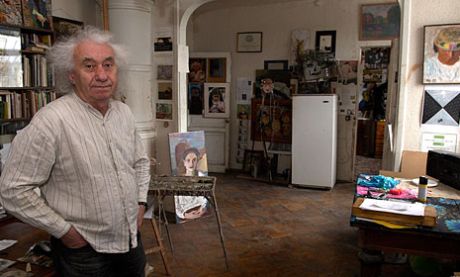Russian contemporary art from Erarta 29th September to 26th November 2017
WHERE?
Merikeskus VellamoOPENING HOURS
Tue, Thu–Sun 10am–5pmWed 10am–8pm
Mon closed
Russian contemporary art from Erarta 29th September to 26th November 2017
WHERE?
Merikeskus VellamoOPENING HOURS
Tue, Thu–Sun 10am–5pmWed 10am–8pm
Mon closed

Noise of Time at Maritime Centre Vellamo in Kotka exhibits works from a cross-section of more than 20 established Russian contemporary artists and displays about 40 paintings from different parts of Russia. It offers tasters of contemporary art from recent times as well as from the Soviet era.
Noise of Time is the first exhibition of Erarta in Finland and the result of collaboration between Erarta and Kymenlaakso Museum. Don’t miss this unique opportunity to view contemporary Russian art in Finland!
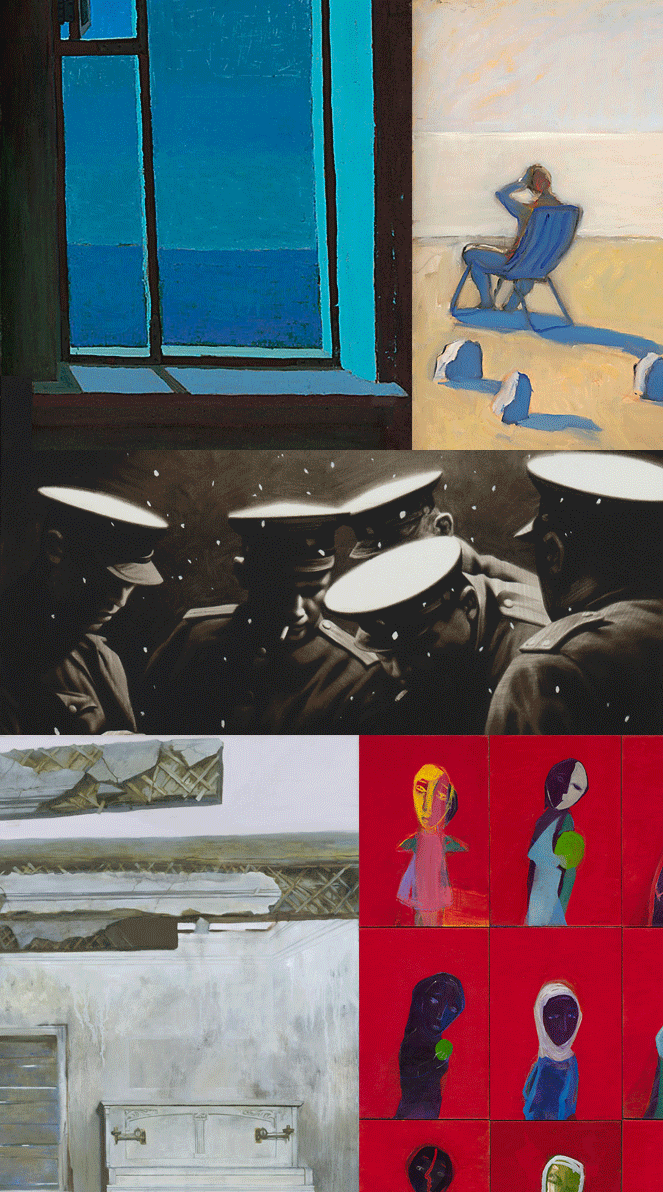
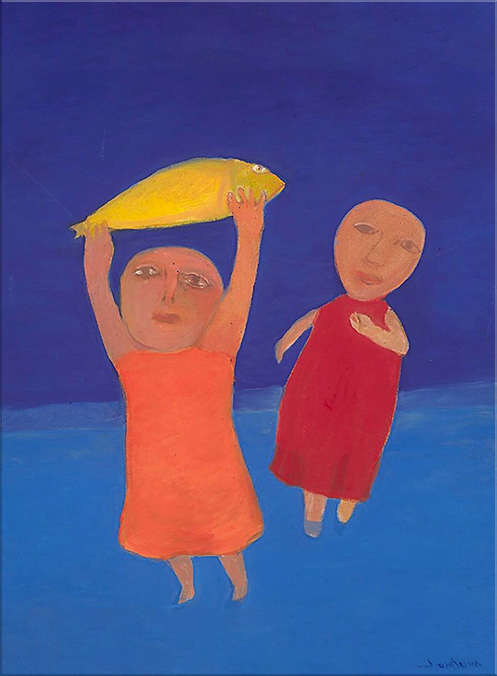
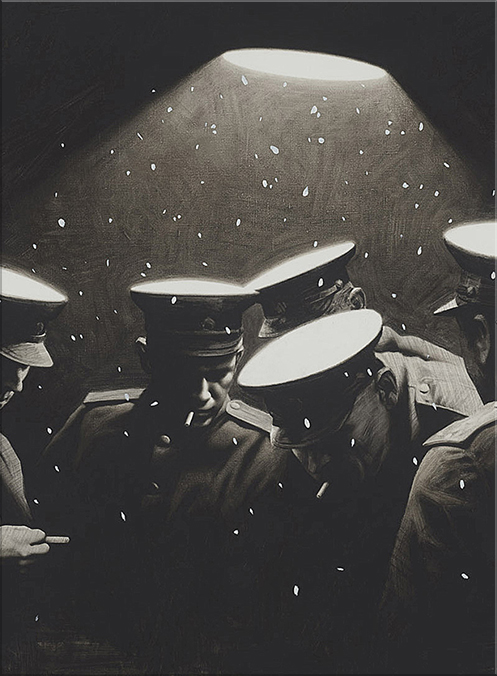
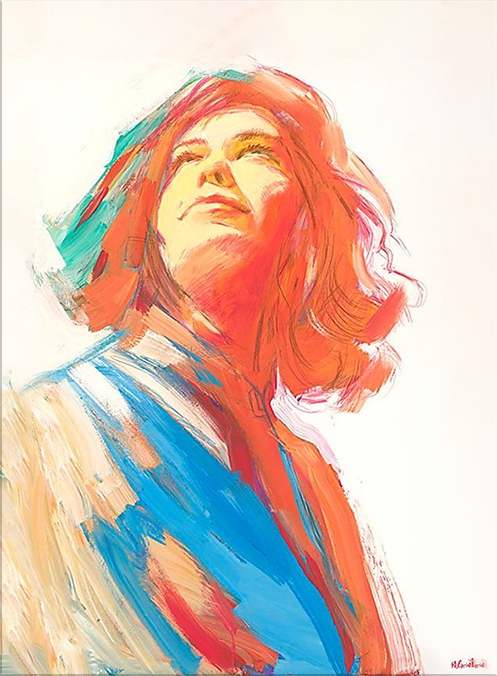
Exhibition Works
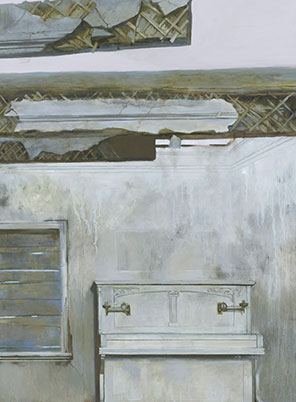
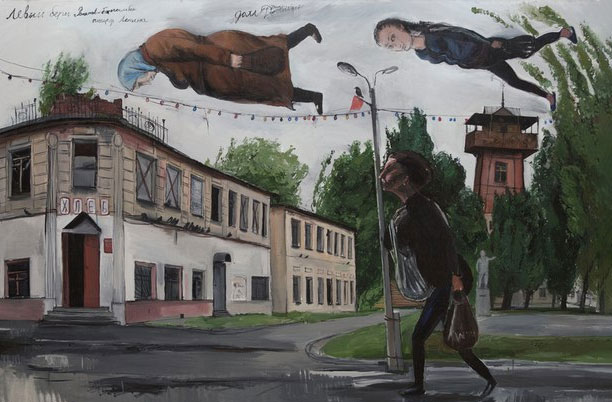
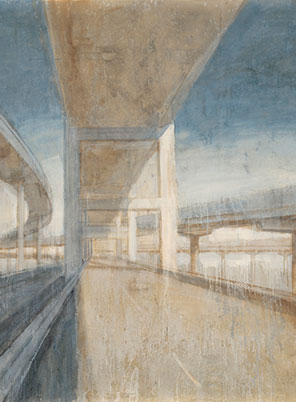
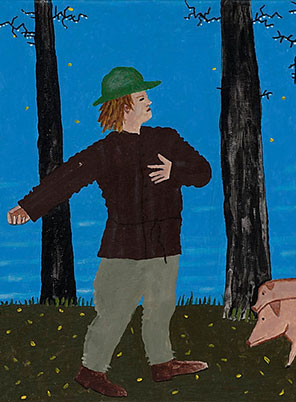
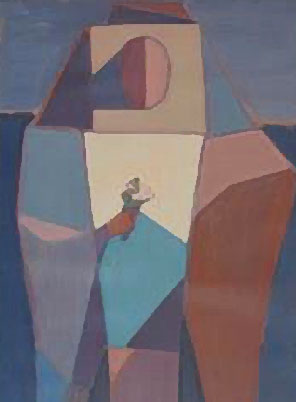
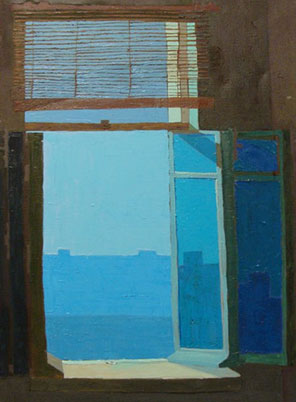
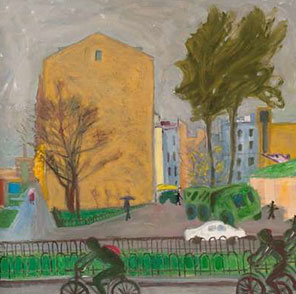


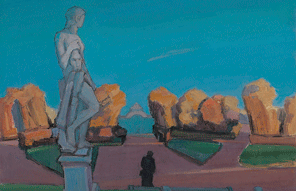
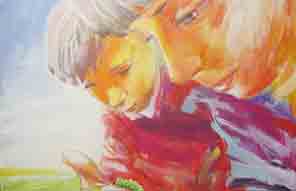
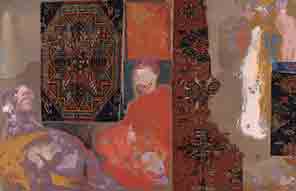
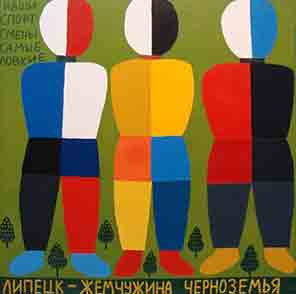
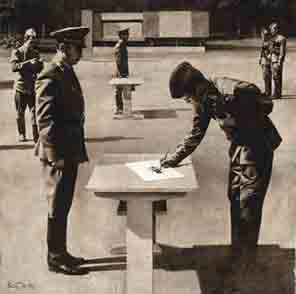
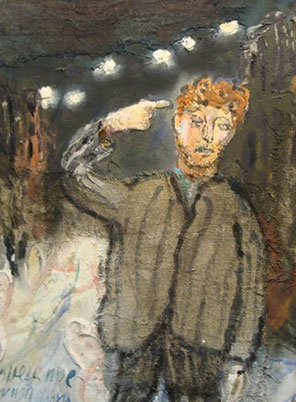
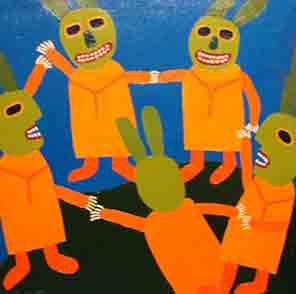
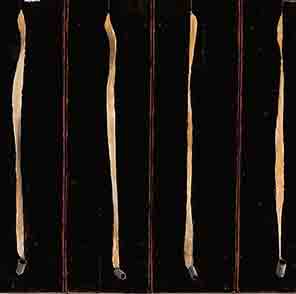
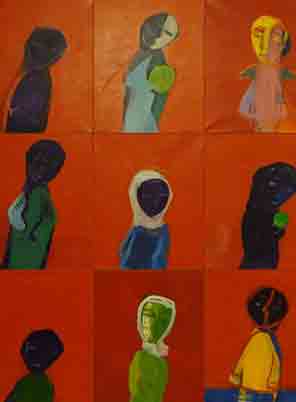
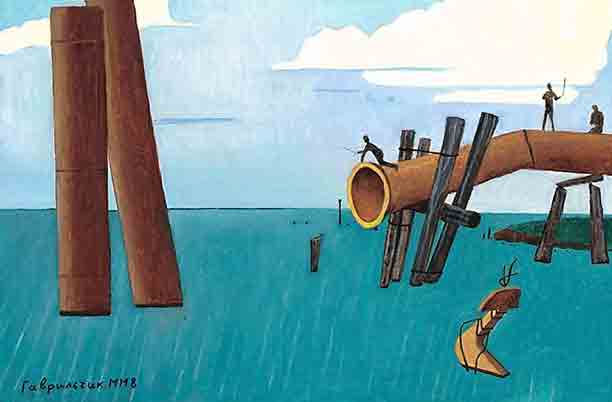
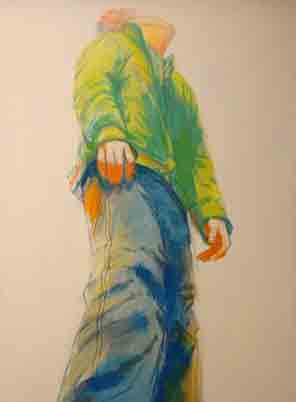
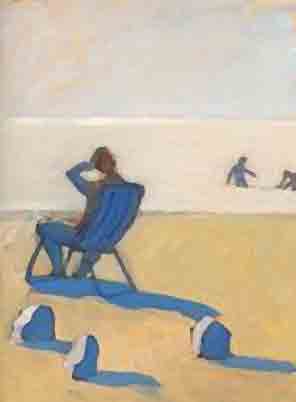


Be attracted. We are.
KYMENLAAKSO MUSEUM offers contemporary art exhibitions and historical exhibitions. It also maintains the Kotka City Art Collection consisting of approximately 1300 paintings and other works of art placed in public facilities around Kotka.
Our partner ERARTA is the biggest museum of contemporary art in Russia, a must-see attraction for gaining insight into modern Russian society. The name Erarta is derived from two words, Era and Art, and their combination can be translated from Russian as “the era of art”.
Contemporary art is a great way for Kymenlaakso Museum to stay abreast of current and recent times. What about you, our visitor? Just come and experience arts at Vellamo!
Vellamo
Dates of Exhibition
Opening Hours
Basin Anatoly
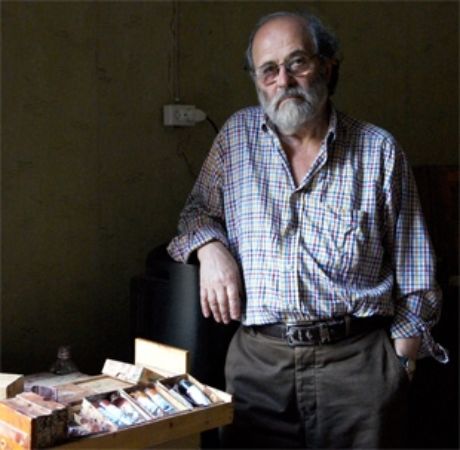
Dashevsky Aleksandr
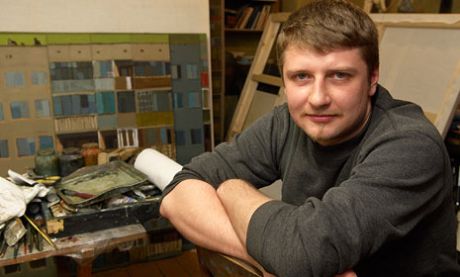
Figurina Elena
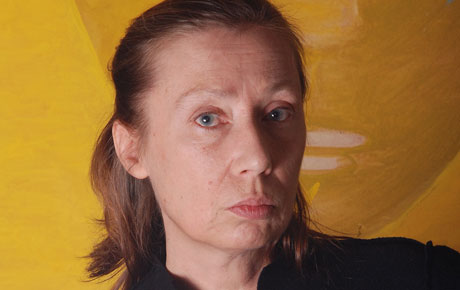
Gavrilchik Vladlen
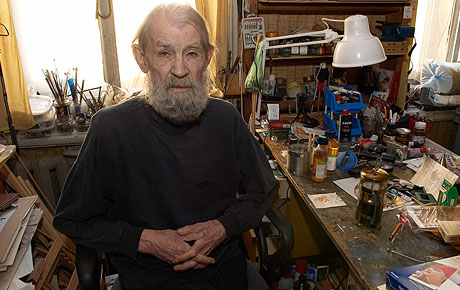
Gaponov Ilia
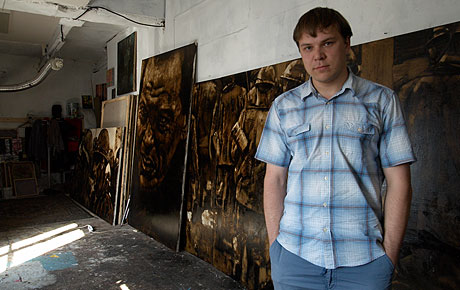
Grekov Aleksandr
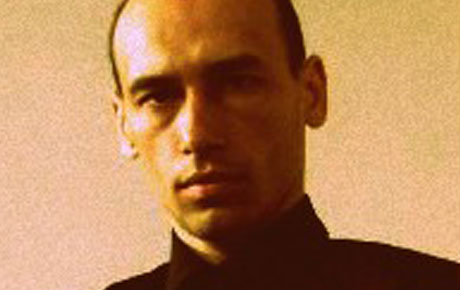
Ivanov Mikhail
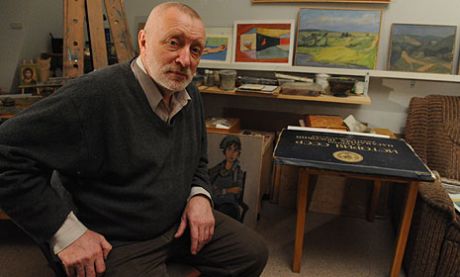
Kayetkin Maksim
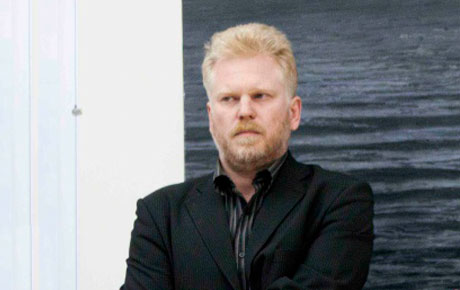
Comelfo Vladimir (Fomichev Vladimir)
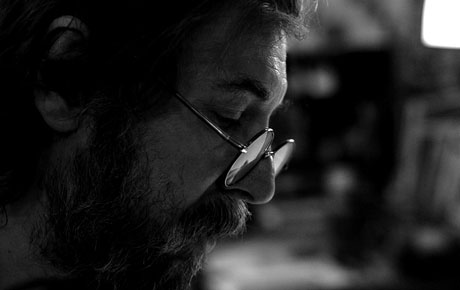
Kosenkov Aleksander
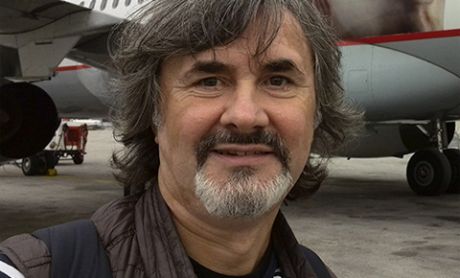
Lang Oleg
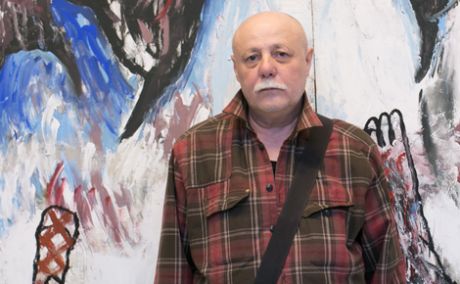
Lukka Valery
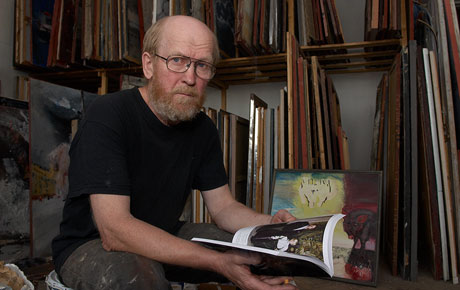
Margolin Dmitry
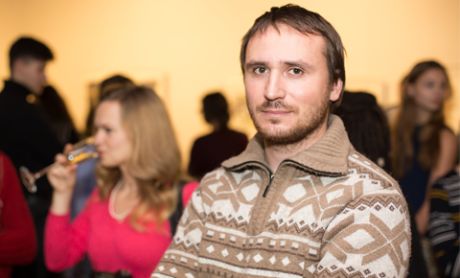
Mihailov Vyacheslav
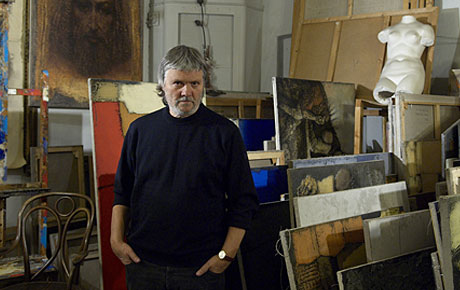
Molev Artur
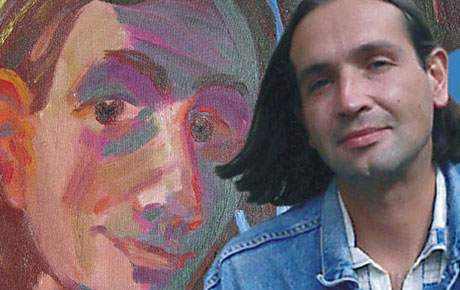
Otdelnov Pavel
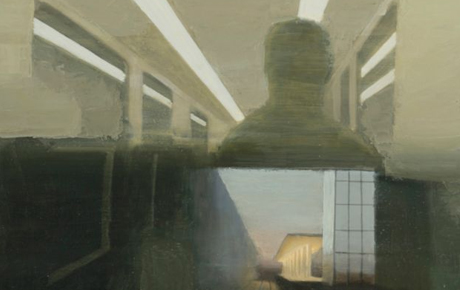
Ovchinnikov Vladimir
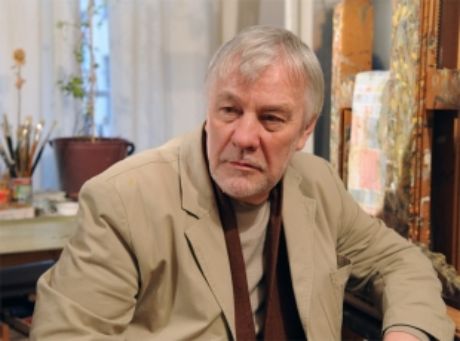
Rumyantsev Alexander
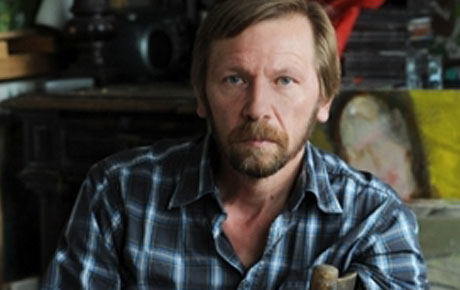
Shvetsov Petr
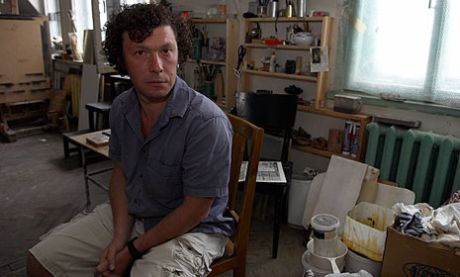
Sklyarevskaya Inna
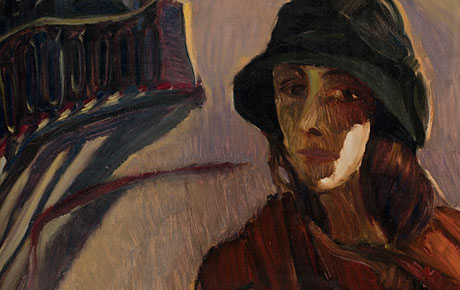
Sychev Yury
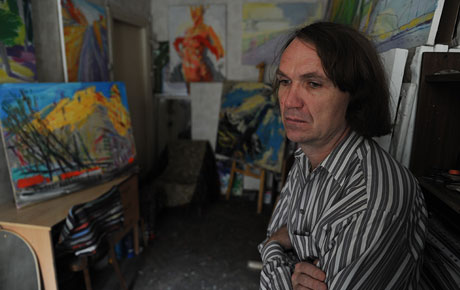
Tatianin Yury
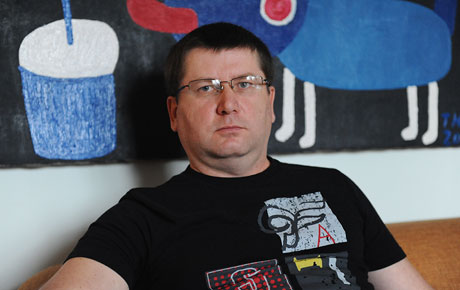
Voligamsi Rinat (Ismagilov, Rinat)
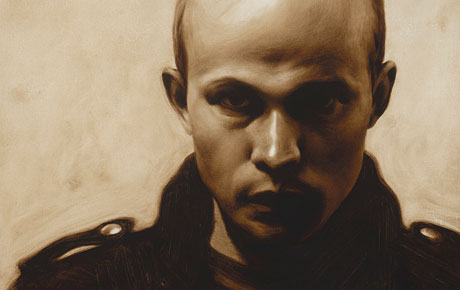
Volosenkov Felix
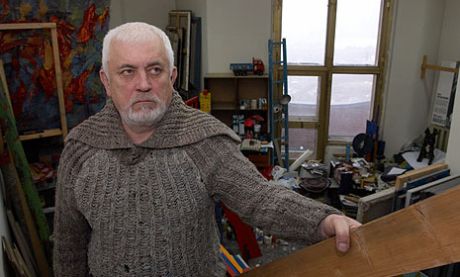
Zaslavsky Anatoly
